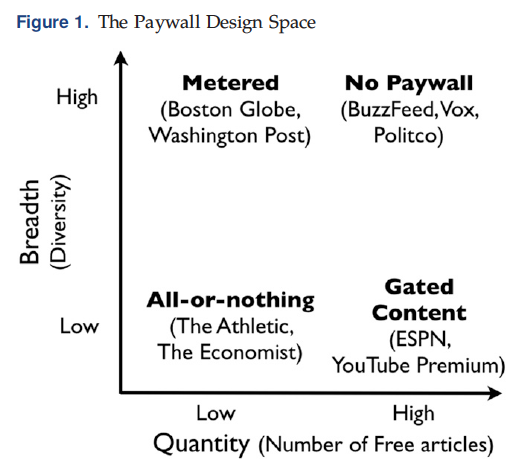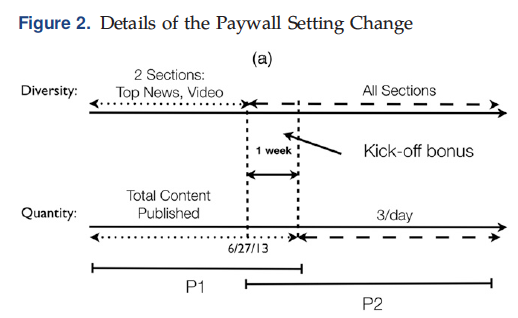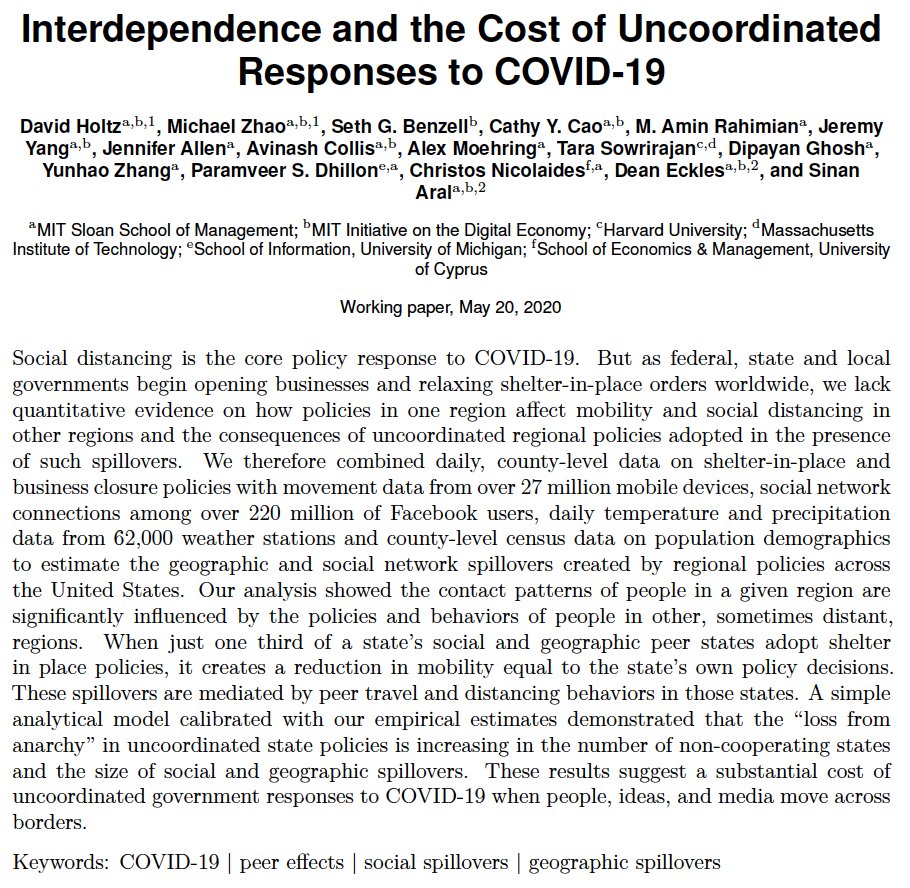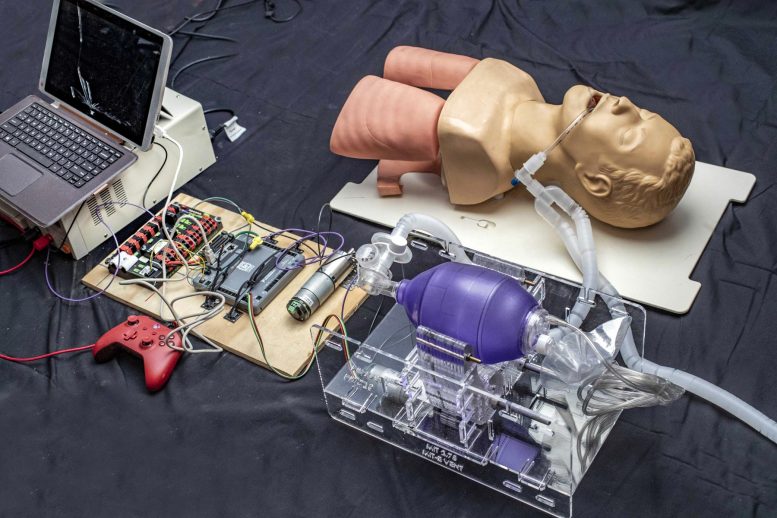
I think this is one of the main entry points into the debate: Regardless of levels there's a debate about the marginal effect of technology which is largely on the side of narrowing consumption deeply (within) and broadly (across) choice areas 1/t
https://twitter.com/BrendanNyhan/status/1303720284810342403
Then there's the question about the impact of a marginal change: levels data suggests narrow consumption is not the norm, but what do marginal changes in consumption do to beliefs and behaviors (that's largely unknown) 2/
I think the argument that there are large swaths of society that only consume narrowly and don't overlap and that technology caused that is wrong but is also a straw man 3/
The real questions are: 1) what are the marginal causal effects of algorithms on narrowing? And 2) what are the marginal effects of that narrowing on outcomes of interest in politics, dating, creativity, innovation and discrimination (to name a few) 4/
On those questions, in my view, the jury is still out. It may be that small effects matter. 5/
I have a similar problem with "fake news is a small part of the media diet" argument... It ignores feedback loops through media and offline as well as the warping of the cultural zeitgeist. Not to mention those studies typically look at a very narrow set of "fake news" 6/
This, again, is a levels argument. It's like saying the strychnine someone consumed was a small fraction of their food intake, so it couldn't have had much of an effect. Here, as in media, the question is 'what's the marginal effect per dose' and what are the knock on effects. 7/
So to end where I started, @BrendanNyhan's point raising the difference between levels & changes is key, but I'd add that causal marginal effects are not just about the size of changes in media diets, but the changes those (perhaps small) changes create in opinions & behavior 8/
Lastly, there's an entire chapter on this in my book focused largely on *changes* (rather than levels) and the broader data on polarization, which itself is intensely interesting and equally complicated... 😊🙏
If I could make one more point about "causal changes" there is pretty strong evidence that algorithms narrow choices in experiments by @Ananya_Sen_ @RoeeLevyZ @daveholtz (and myself) amongst others
And I'd say even the observational work by @eytan @ladamic and @SolomonMg shows more narrowing of choices nudged by the entire FB funnel, including the PYMK algorithms and Feed algorithms, working together to nudge a narrowing of both "choice" and "chance"
• • •
Missing some Tweet in this thread? You can try to
force a refresh
















